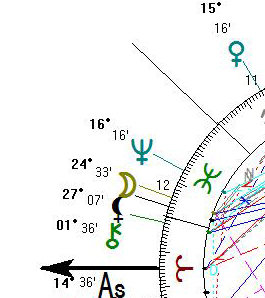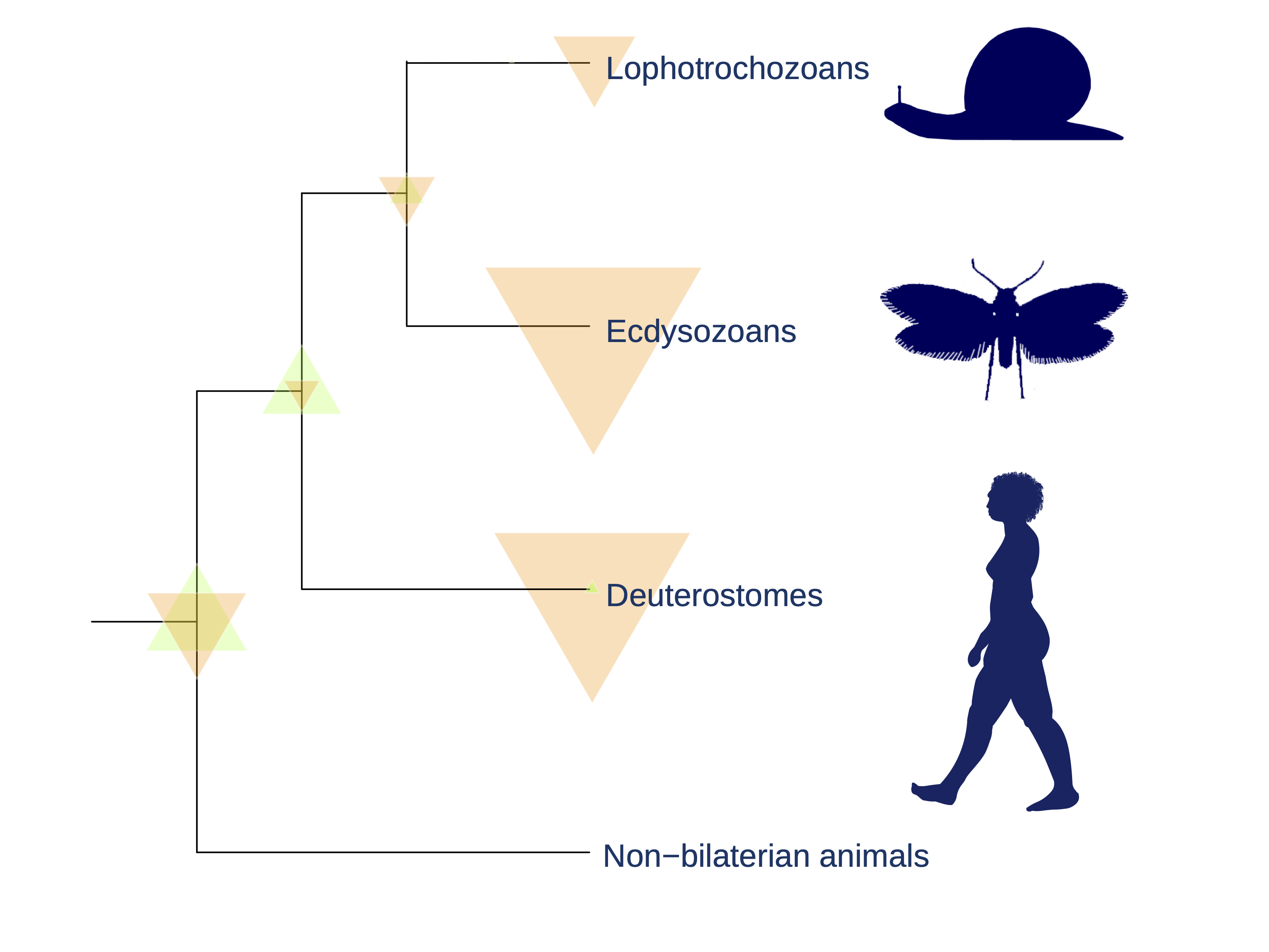|
C.T.Definitions |
Evolution |
|
|
A few thoughts on Evolution
A study by Jordi Paps and Cristina Guijarro-Clarke
Evolution explains how all living beings,
including us, came to be. It would be easy to assume evolution works
by continuously adding features to organisms, constantly increasing
their complexity. Some fish evolved legs and walked onto the land.
Some dinosaurs evolved wings and began to fly in order to escape or
reach for foods not available on foot. Others evolved wombs and
began to give birth to live young in order to protect its early
stages of development.
Many successful branches of the tree of life have
stayed simple, such as bacteria, or have reduced their complexity,
such as parasites. And they are doing very well based on a single
focus life cycle.
In a recent study published in Nature Ecology and
Evolution, which compared the complete genomes of over 100 organisms
(mostly animals), to study how the animal kingdom has evolved at the
genetic level. The results show that the origins of major groups of
animals, such as the one comprising humans, are linked not to the
addition of new genes but to massive gene losses. The evolutionary biologist Stephen Jay Gould was
one of the strongest opponents of “the march of progress”, the idea
that evolution always results in increased complexity. In his book
Full House (1996), Gould uses the model of the drunkard walk. A
drunkard leaves a bar in a train station and clumsily walks back and
forth over the platform, swinging between the bar and the train
tracks. Given enough time, the drunkard will fall in the tracks and
will get stuck there.
The platform represents a scale of complexity, the
pub being the lowest complexity and the tracks the maximum. Life
emerged by coming out of the pub, with the minimum complexity
possible. Sometimes it randomly stumbles towards the tracks
(evolving in a way that increases complexity) and other times
towards the pub (reducing complexity). No option is better than the other. Staying simple
or reducing complexity may be better for survival than evolving with
increased complexity, depending on the environment.
But in some cases, groups of animals evolve
complex features that are intrinsic to the way their bodies work,
and can no longer lose those genes to become simpler - they become
stuck in the train tracks. (There are no trains to worry about in
this metaphor.) For example, multicellular organisms rarely go back
to become unicellular. If we only focus on the
organisms trapped in the train tracks, then we have a biased
perception of life evolving in a straight line from simple to
complex, mistakenly believing that older life forms are always
simple and newer ones are complex. But the real path to complexity
is more tortuous. Peter Holland from the University of Oxford looked
into how genetic complexity has evolved in animals. The results have
shown that the addition of new genes was key to the early evolution
of the animal kingdom. The question then became whether that was the
case during the later evolution of animals. Most animals can be grouped into major
evolutionary lineages, branches on the tree of life showing how the
animals alive today evolved from a series of shared ancestors.
One animal lineage is that of the deuterostomes,
which includes humans and other vertebrates, as well as sea stars or
sea urchins. Another is the ecdysozoans, comprising the arthropods
(insects, lobsters, spiders, millipedes), and other moulting animals
such as roundworms. Vertebrates and insects are considered some of
the most complex animals. Finally, there are the lophotrochozoans,
that includes animals such as molluscs (snails, for example) or
annelids (earthworms), among many others. This diverse selection of organisms was examined
to see how they were related on the tree of life and what genes they
shared and didn’t share. If a gene was present in an older branch of
the tree and not in a younger one, we inferred that this gene had
been lost. If a gene wasn’t present in older branches but appeared
in a younger branch, then we considered it a novel gene that had
been gained in the younger branch.
The results showed unprecedented numbers of genes
lost and gained, something never seen before in previous analyses.
Two of the major lineages, the deuterostomes (including humans) and
the ecdysozoans (including insects), showed the largest number of
gene losses. In contrast, the lophotrochozoans show a balance
between gene novelties and losses.
The results confirm the picture given by Stephen
Jay Gould by showing that, at the gene level, animal life emerged by
leaving the pub and making a large leap in complexity. But after the
initial enthusiasm, some lineages stumbled closer to the pub by
losing genes, while other lineages drifted towards the track by
gaining genes. We consider this the perfect summary of evolution, a
booze-induced random choice between the bar and the train track. Or,
as the internet meme says, “go home evolution, you are drunk.”
Jordi Paps is a Lecturer at the University of
Bristol’s School of Biological Sciences. Cristina Guijarro-Clarke is a PhD Candidate in
Evolution at the University of Essex.
~Christian Hoffmann 6/2020 |
||||
| Contact | Payments & Donations | |||
|
C.T.Definiotions +1-704-905-8459 c.t.definitions@gmail.com |
Paypal |
|
 |
|
| Cashapp |
|
|||
|
|
|
Venmo |
|
|
| @C.T.Definitions 2019 - 2020 | ||||

